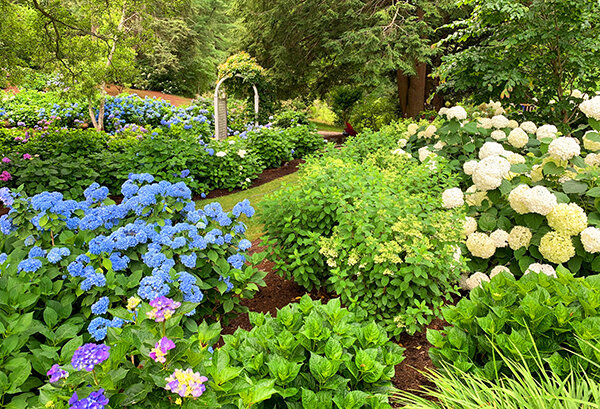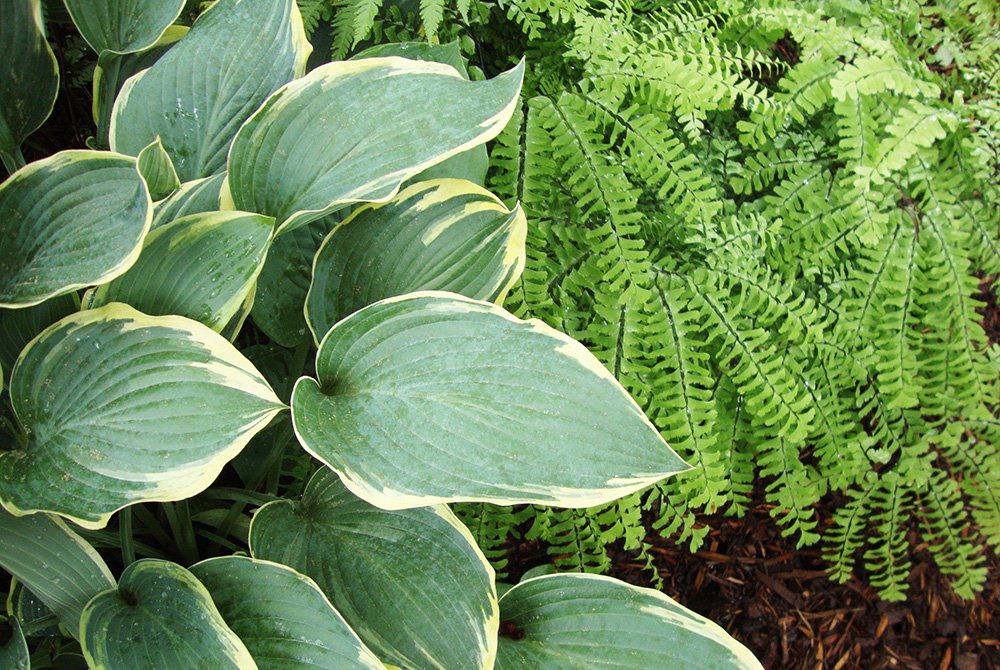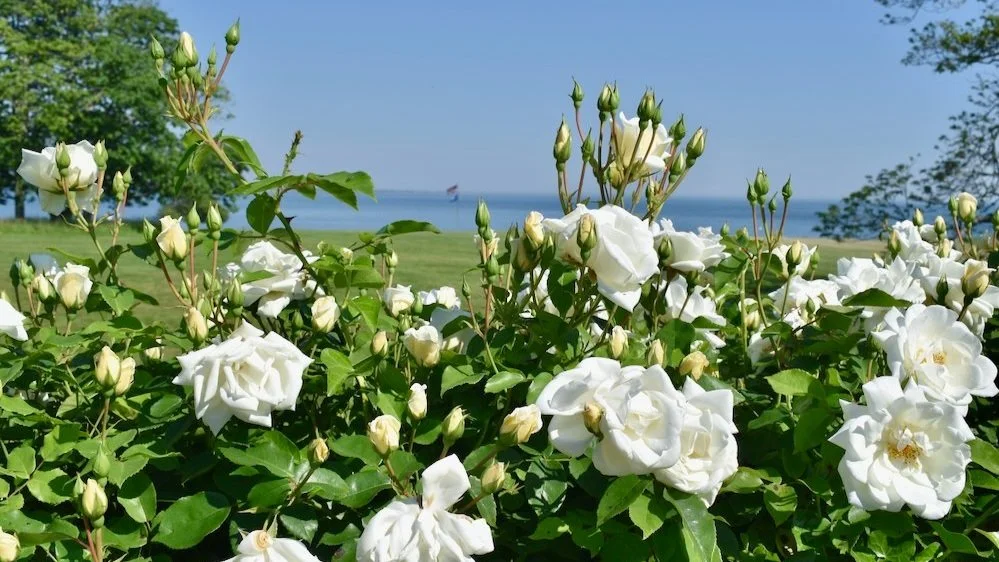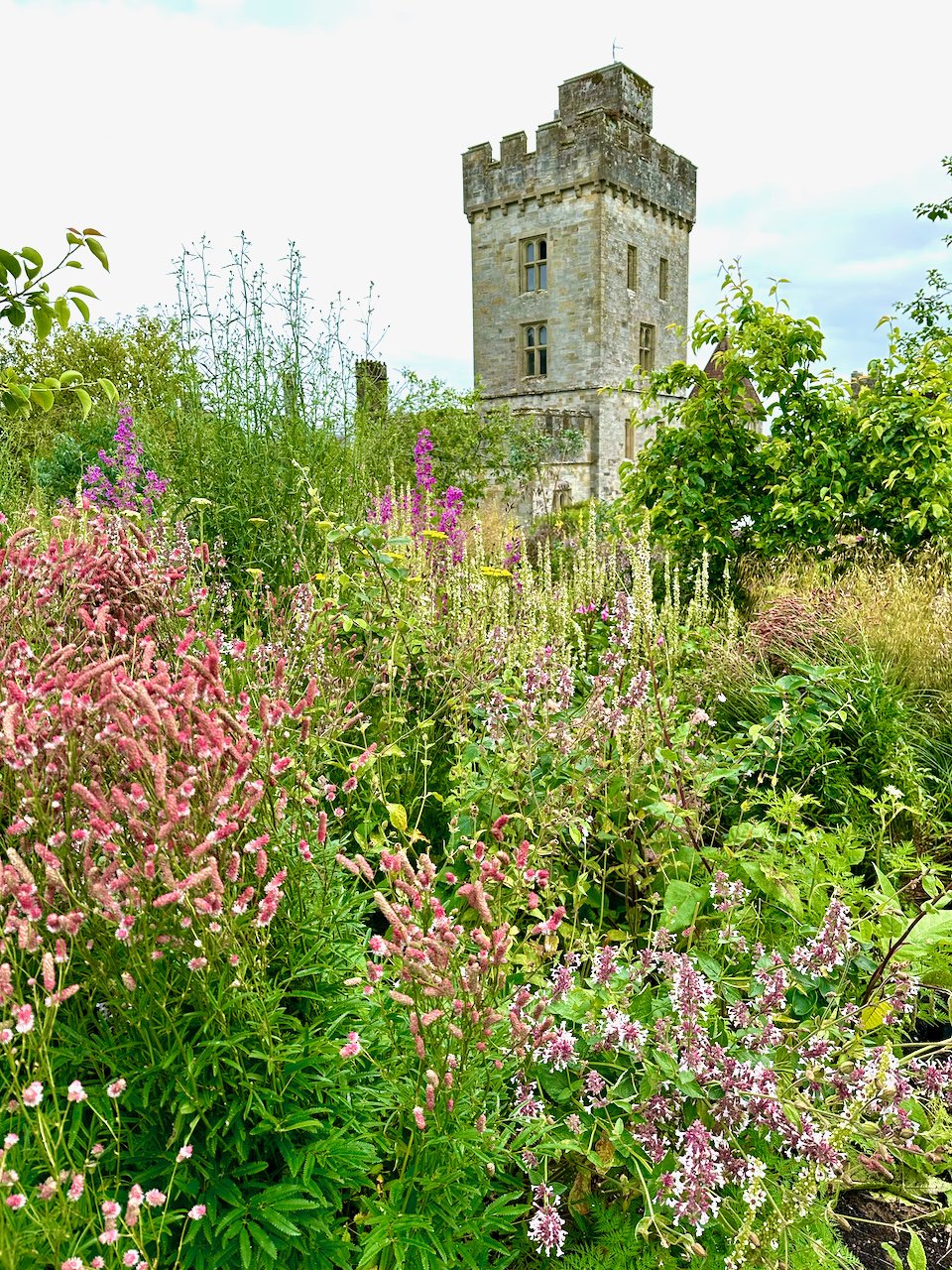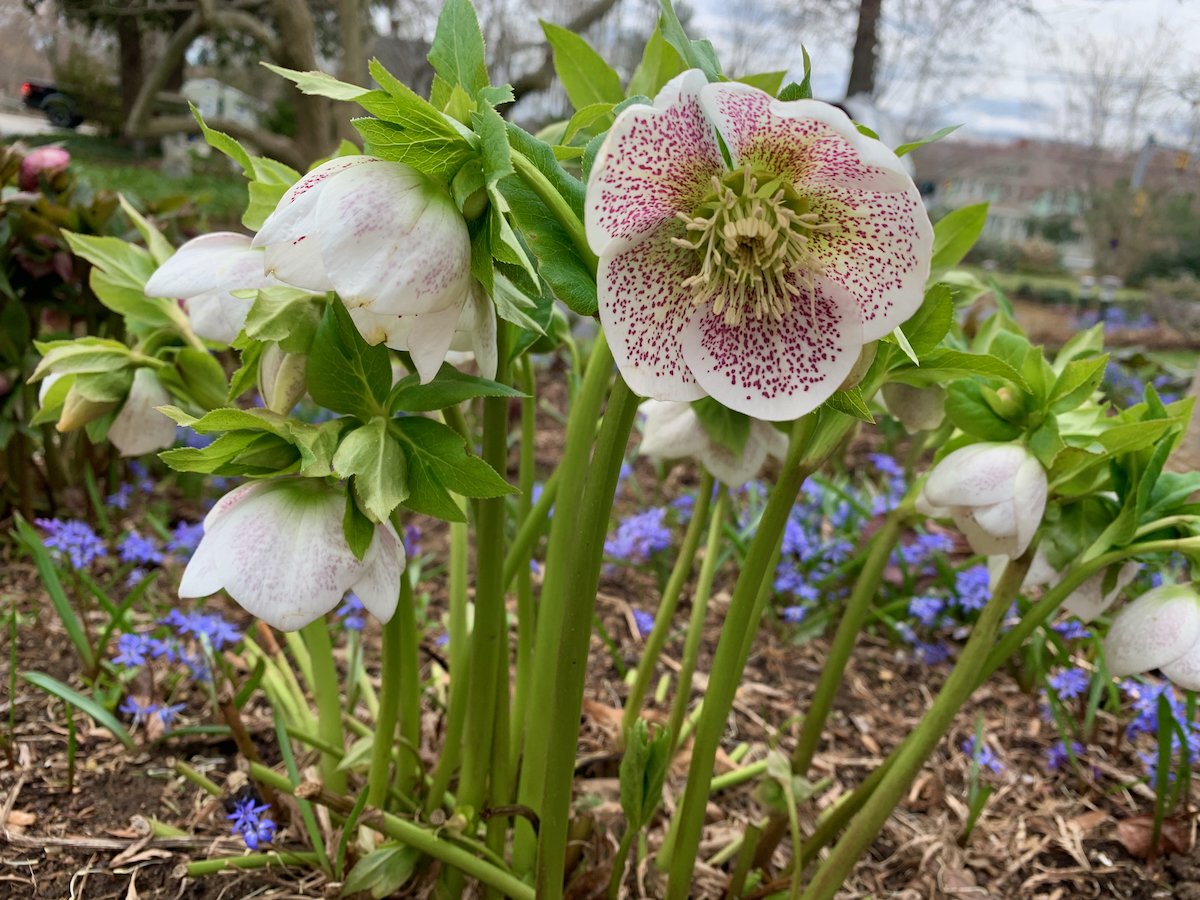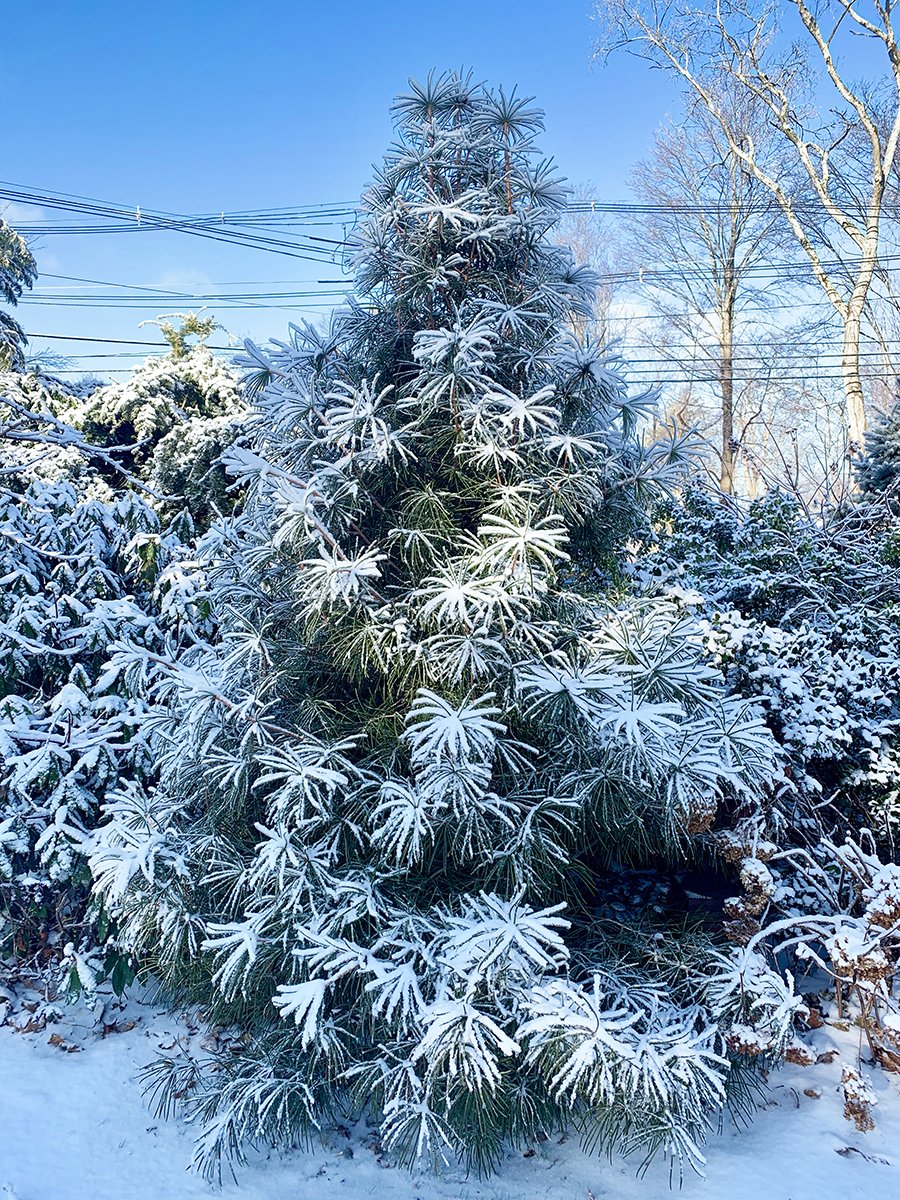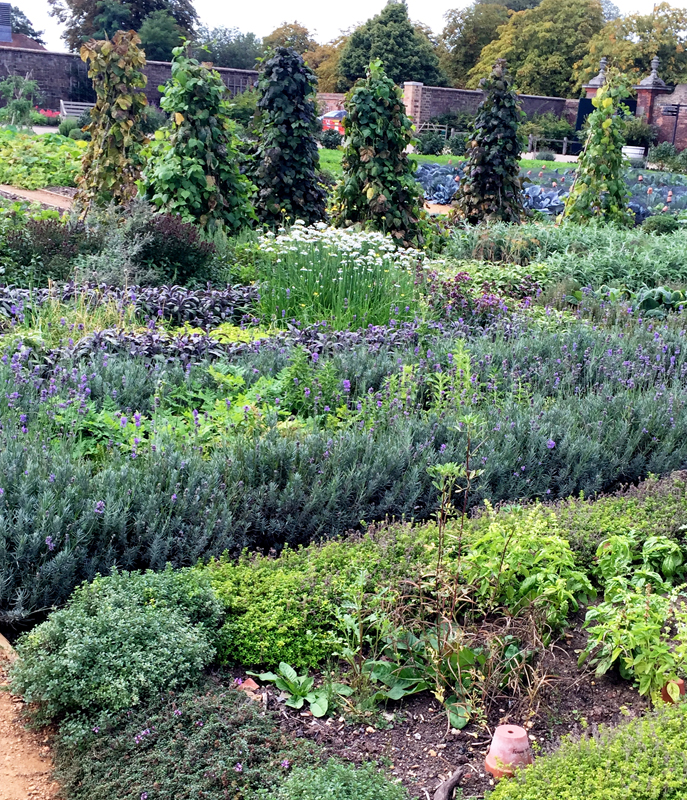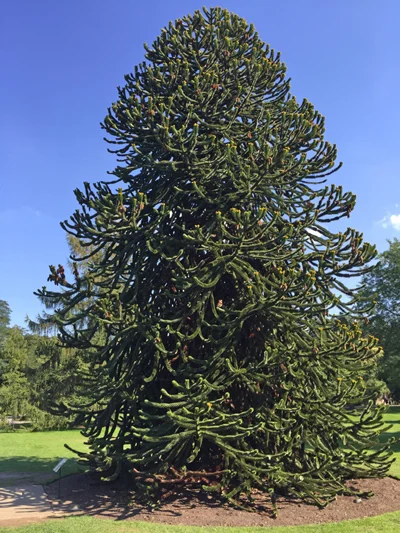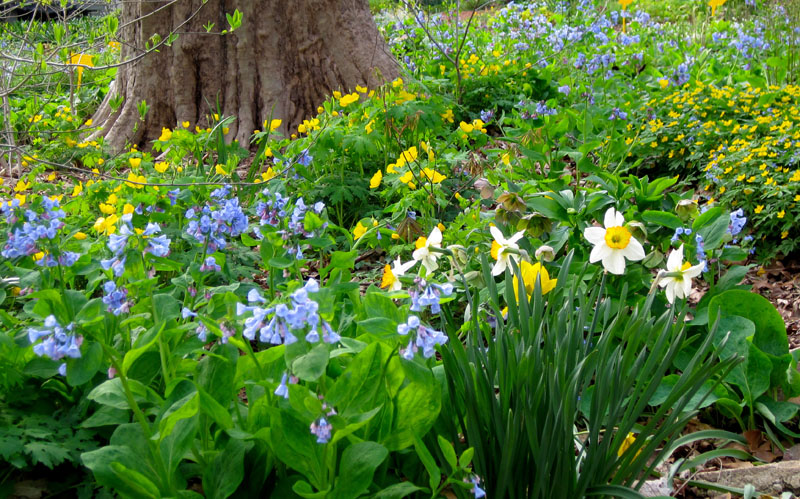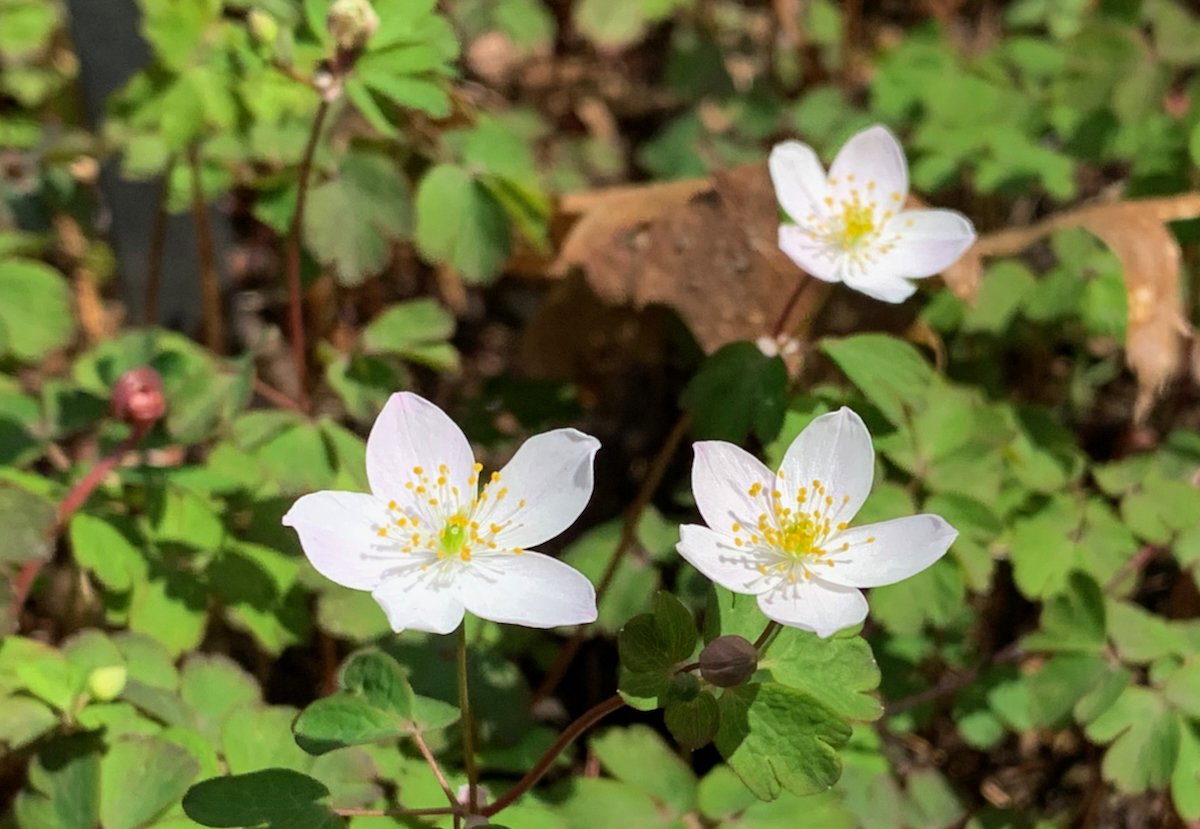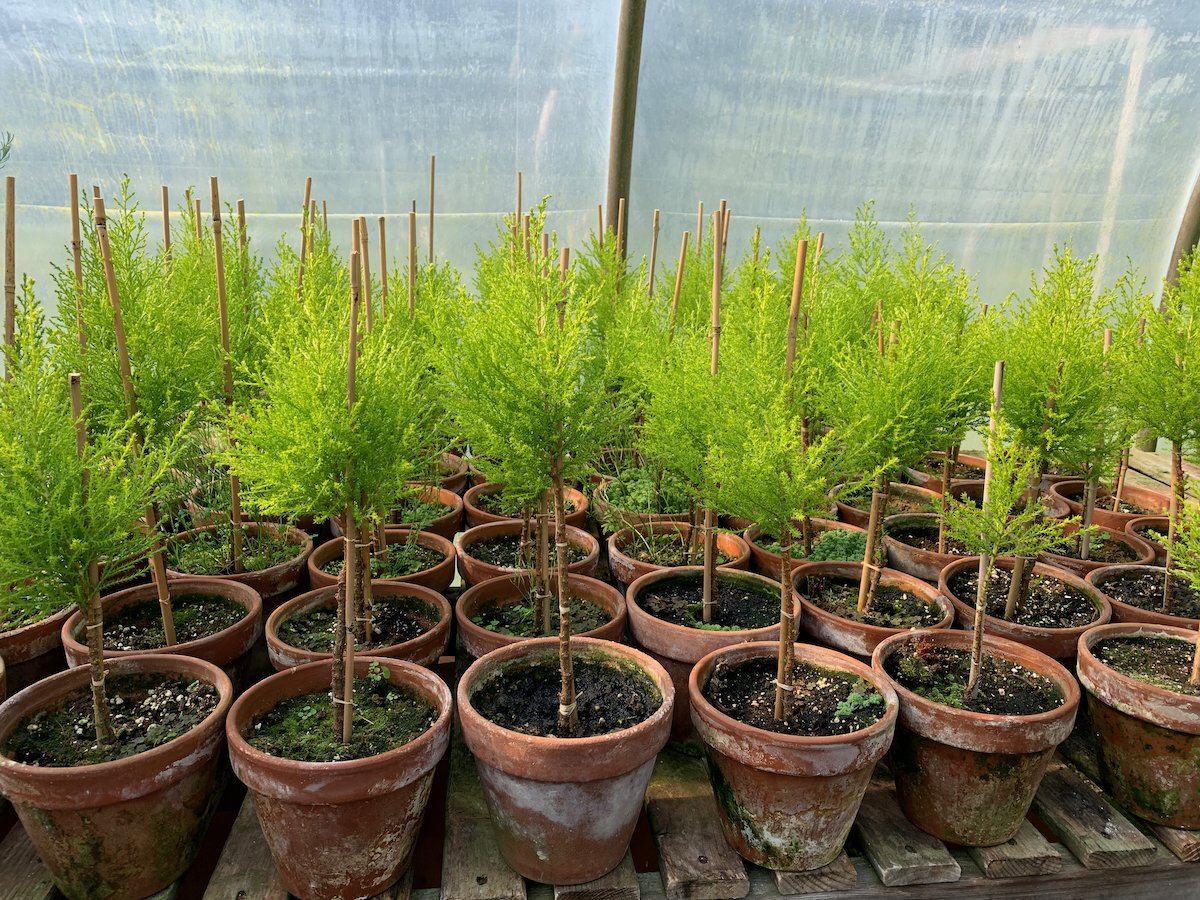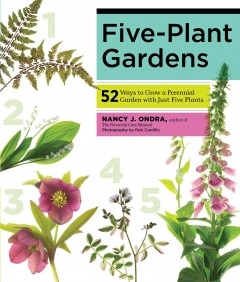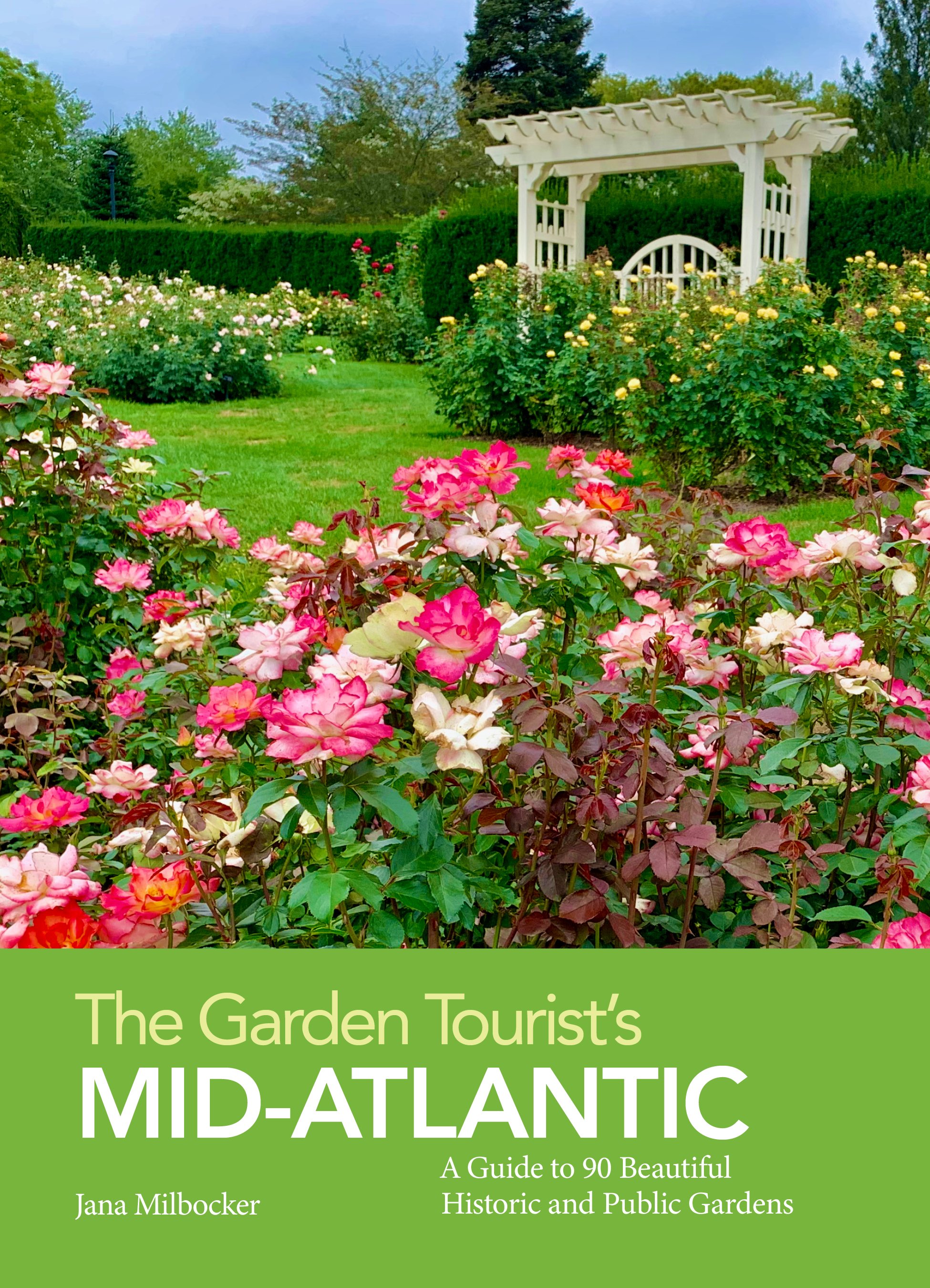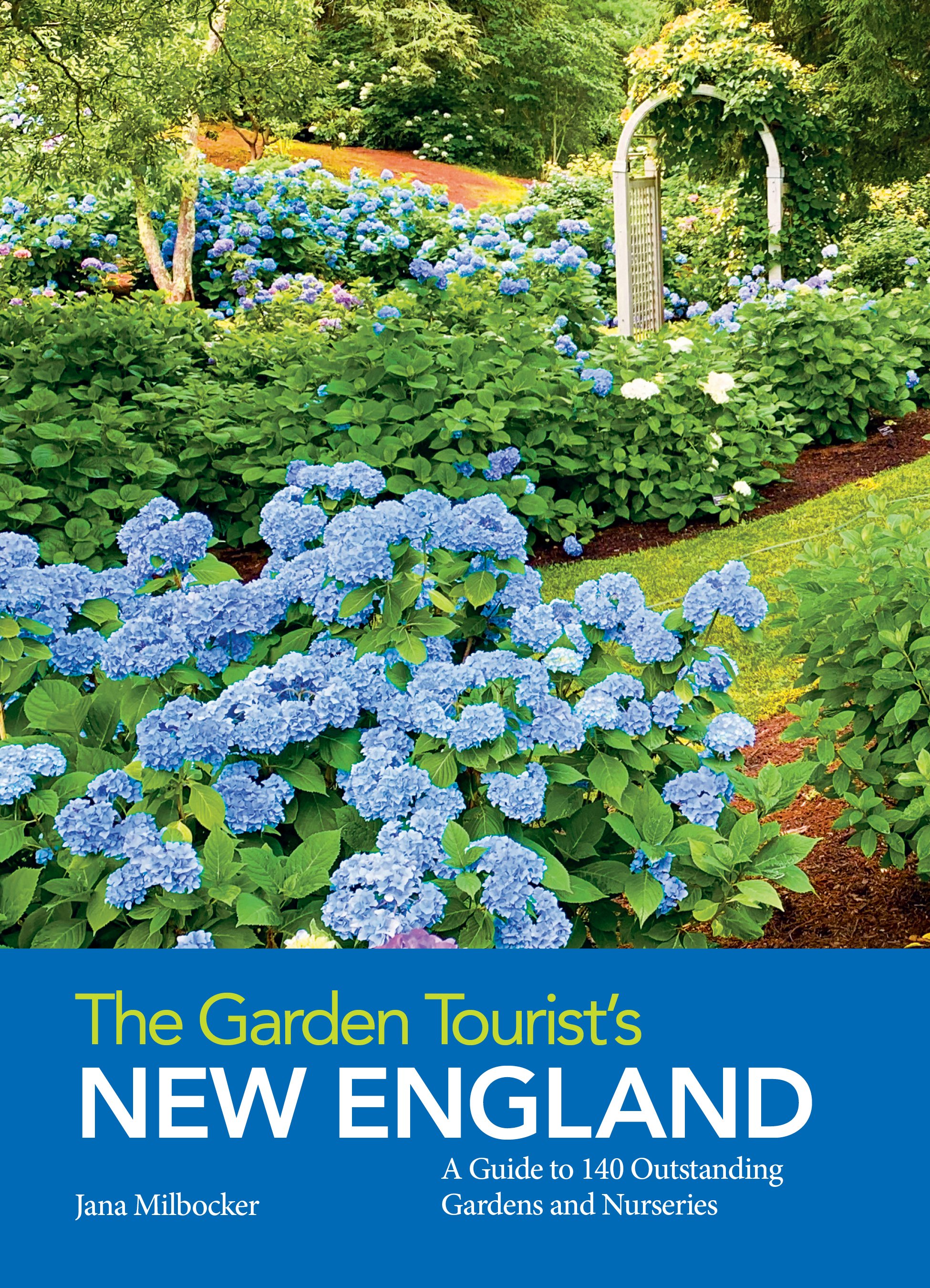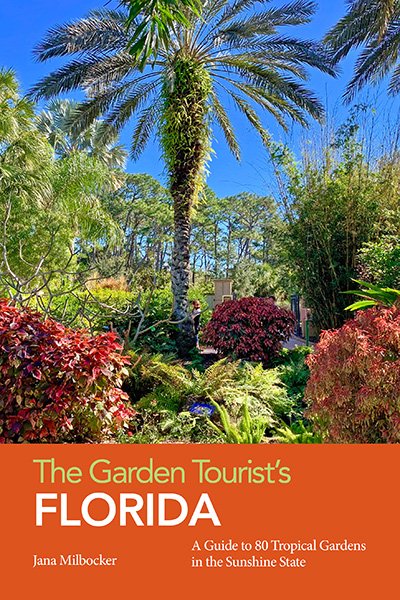Midsummer Garden Bursts into Bloom
/Despite the high temperatures and lack of rainfall, my midsummer garden is exploding with blooms, from shrubby hydrangeas and viburnums to dainty geraniums and bold day lilies. The pastel pinks, violets and blues of June have been transformed into sunny bright yellows, rich golds, oranges and deep reds, with a big dose of white from Annabelle hydrangeas that appear in every corner of the garden. Here are a few highlights:
The native deciduous azalea prunifolium, started from a rooted cutting, is now a sturdy 3 foot tall shrub.
This unknown variety of helenium received from a friend has been cheering up the perennial bed for 15 years.
Beebalm, shasta daisies and a variegated grass engulf the obelisk.
A progression of blooms in the daylily border delights me with new flowers every day.
A chartreuse form of feverfew has self-seeded throughout the garden, and its miniature flowers bloom for weeks.
Clematis Huldine has outgrown its trellis and is spreading on the ground and scrambling up the wall of the garage.
A beautiful rose daylily is complemented by 'Blue Star' Juniper below.
You Might Also Like

